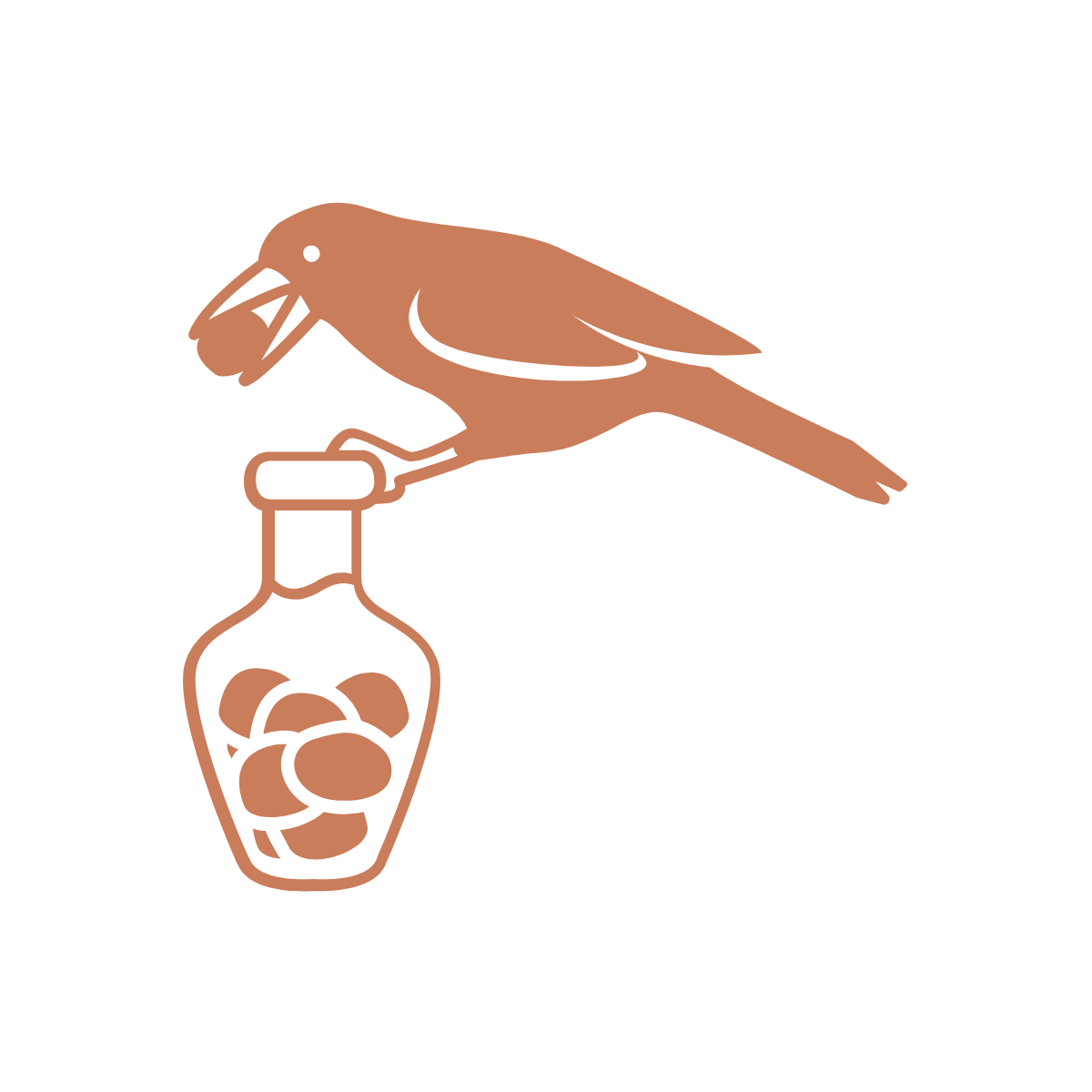Public Rhetoric and Geocaching
This Fall semester, I am teaching a 300-level Public Rhetoric course, which is designed to explore how rhetoric (collective action, urban design, public policy) shapes publics and how public places themselves (civic spaces, parks, and mundane features such as traffic lights and trashcans) work to produce or shape rhetorical activity. Individually, students in the course will produce a series of texts (blogs. videos. podcasts, photo essays) devoted to a topic or object of concern (local food, music, policy issues, scientific and/or technological developments). The texts will be composed for a particular public and will be released on a regular basis (think in terms of a podcast episodes, magazine issues, or a television series). Students have complete creative control over their productions in terms of medium, style, and content. The only requirement is that these texts be public and for an audience that needs to be persuaded.
This is the individual work students will do throughout the semester. However, I am eager to have the students work together on a larger project exploring public rhetoric. In addition to the desire to make such a project collaborative, I want to the project to move students outside of the classroom and into the public places around them: to explore those places as a function of rhetorical activity and to see how those places themselves generate rhetorical activity. How do public places afford, constrain, or otherwise shape the ways in which people relate to and communicate with one another?
I believe I have found such project in the activity known as Geocaching (the official website is located here). Brian McNely, at the University of Kentucky, describes geocaching this way.
Geocaching is a recreational activity similar to treasure hunting. Geocachers create and cleverly hide containers in both urban and rural environments, all around the world. After doing so, they create cache names and descriptions and upload this information, along with coordinates in latitude and longitude, to a public website accessed by other geocachers. Geocaching uses the tools of contemporary knowledge work for a kind of knowledge play, weaving together practice with sophisticated computing devices and applications, rich and varied forms of visual and written documentation, community-generated advice, hints, and grievances, and social media in several form. (Forthcoming)
Our first geocache.
One of the chief virtues of geocaching is the way it reimagines, in the case of this course, urban space. Most days we travel through the city without giving its mundane features a second thought. However, it is these mundane features that give shape to city life: road medians, intersections, small parks and other green spaces, barriers such as fences and walls, bus shelters, and even trashcans. Geocaching connects individuals with these mundane yet meaningful places. Geocachers must navigate everyday locations that become extraordinary by virtue of the hidden cache. Public places that are generally invisible suddenly become visible.
As I have currently imagined it, students in the class will practice geocaching two ways. Early in the semester, we will search for caches in the areas around campus. We will log these finds and document them using both video, still photography, and written text. The class will maintain a blog to both track our geocaching work and to reflect on how that activity reorients us to the city. Later in the semester, we will create and hide caches of our own based on our experiences earlier in the semester. In short, we will explore how we can distribute caches around St Louid in order to shape how other geocachers will move through and experience the city. How can we see geocaching as a form of public rhetoric that persuades people to see and enact the city of St Louis in new way?
Geocaches in Saint Louis, MO.
Group geocaching will hopefully expose my students to the mundane yet nevertheless vitally important features of the city and the ways in which such mundane features shape their own experiences. For instance, in my own recent experiments with geocaching I located a cache in a secluded park in a neighborhood made very inaccessible by virtue of one-way and blocked-off streets. The neighborhood, located just south of Delmar Boulevard (a North/South as well as racial dividing line in the city), struck me as akin to a fortress. The orientation of the neighborhood, its rhetoric, was rendered visible through the activity of geocaching. I expect to see such mundane features such as road accessibility unpacked and articulated by my students.
As a public rhetoric class, it is crucial that students move beyond the walls of the classroom and out into the world around it. Furthermore, the collaborative nature of the project will compel students to have this experience with others: an individual rarely moves through a public place alone; they do so always with (often unseen) others. This recognition of the social experience of place is vital to a course devoted to public rhetorics. I see my students developing a situational awareness of public space while cultivating the rhetorical skills necessey to navigate and negotiate that space with others.
So, thoughts?



